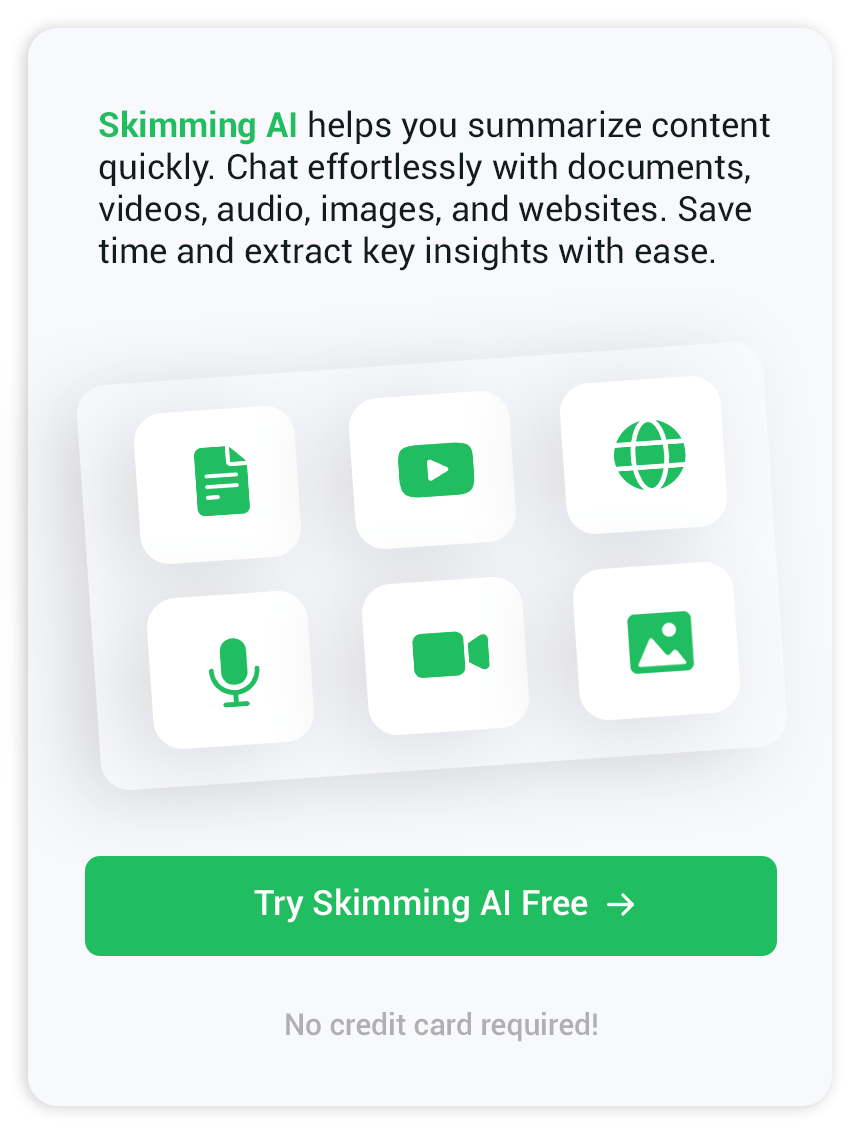Document Reading AI: From Static Files to Instant Answers
Few tasks eat more time than digging through dense PDFs, invoices, policies, and research papers. Document reading AI changes that routine by turning every paragraph into searchable, structured knowledge.
What Is Document Reading AI?
Document reading AI is an umbrella term for machine-learning models that extract text, tables, and meaning from scanned or native-digital files. It blends OCR technology, layout analysis, and large-language-model reasoning so you can ask a question and receive an answer that cites the source line. The field now powers everything from compliance checks to academic review workflows.
Core Features That Set Document Reading AI Apart
OCR technology and layout awareness
Modern engines spot characters in 200-plus languages, differentiate headings from footnotes, and even recognise handwriting. That spatial context lets the software keep tables and key-value pairs intact rather than returning a wall of text.
Document intelligence and contextual Q&A
Large-language models add reasoning on top of raw text extraction. Instead of scrolling through fifty pages, you can request, “Summarise the arguments for renewable subsidies in this policy draft,” and get a paragraph with in-line citations.
Multi-format support and PDF parsing
Leading platforms ingest PDFs, Word, PowerPoint, EPUB, images, and even HTML. That breadth means one pipeline handles books, contracts, and slide decks without manual conversion.
Text extraction that feeds downstream workflows
Captured data often flows straight into analytics, RPA, or search indexes. In finance, totals go to reconciliation systems. In healthcare, discharge notes become structured fields for the EHR. AI document processing is no longer an isolated task—it is a data engine.
Profiles of Leading Services
Google Cloud Document AI for enterprise pipelines
Google pairs two decades of OCR research with vertex-scale models that classify, split, and extract content at volume. Pre-trained processors for passports, invoices, and W-2s help teams go live quickly.
ChatDOC for interactive research
Drag a PDF into ChatDOC, ask follow-up questions, and receive cited answers in seconds. The tool excels in literature reviews, thanks to its conversational interface and source highlighting.
Azure AI Document Intelligence for regulated industries
Azure courts banks, insurers, and public agencies with regional deployment options and containerised runtimes. Custom forms enable teams to train on just a handful of documents, resulting in niche layouts with strong accuracy.
NoteGPT AI PDF Reader for learners on a budget
NoteGPT focuses on brisk text extraction, making it handy for students who need quotes without spending subscription fees. Its workflow suits small batches rather than huge archives.
MyReader.ai for audiobook conversion
MyReader.ai goes beyond screen reading by turning any uploaded text into natural audio. Researchers can listen while commuting and still reference precise page numbers through smart citations.
Skimming AI as a lightning-fast summariser
Need a synopsis before committing to a full read? Paste the file into the Skimming AI and receive a concise rundown you can verify against the original pages.
Choosing the Right Tool
Use-case alignment
Match the platform to the document set—enterprises processing fifty thousand invoices a day lean toward pipeline-ready services. Analysts handling journal articles favour conversational interfaces with citation tracing.
Budget and deployment model
Prices range from freemium web apps to per-page cloud APIs. Private datasets or strict compliance rules may require on-premises containers instead of public SaaS.
Data privacy and control
Look for encryption in transit and at rest, the ability to delete source files, and clear terms preventing model retraining on proprietary data. Some vendors add audit logs or regional hosting to satisfy jurisdictional rules.
Future Directions
Integrated voice and vision
Upcoming releases will accept spoken questions and display highlighted answers in real time. Vision models already interpret charts, so the next step is to merge text and image reasoning within a single chat.
Real-time collaboration inside business apps
Expect document reading AI panes to appear in word processors, ERP screens, and email clients. Teams will annotate passages, push corrections back to the model, and share verified snippets with colleagues without leaving their workspace.
Ready to let your documents speak?
Document reading AI places a conversational layer on top of every contract, manual, or policy. Pick the service that fits your workload, upload a sample file, and watch static pages transform into actionable knowledge. Your path to quicker insight starts now.


